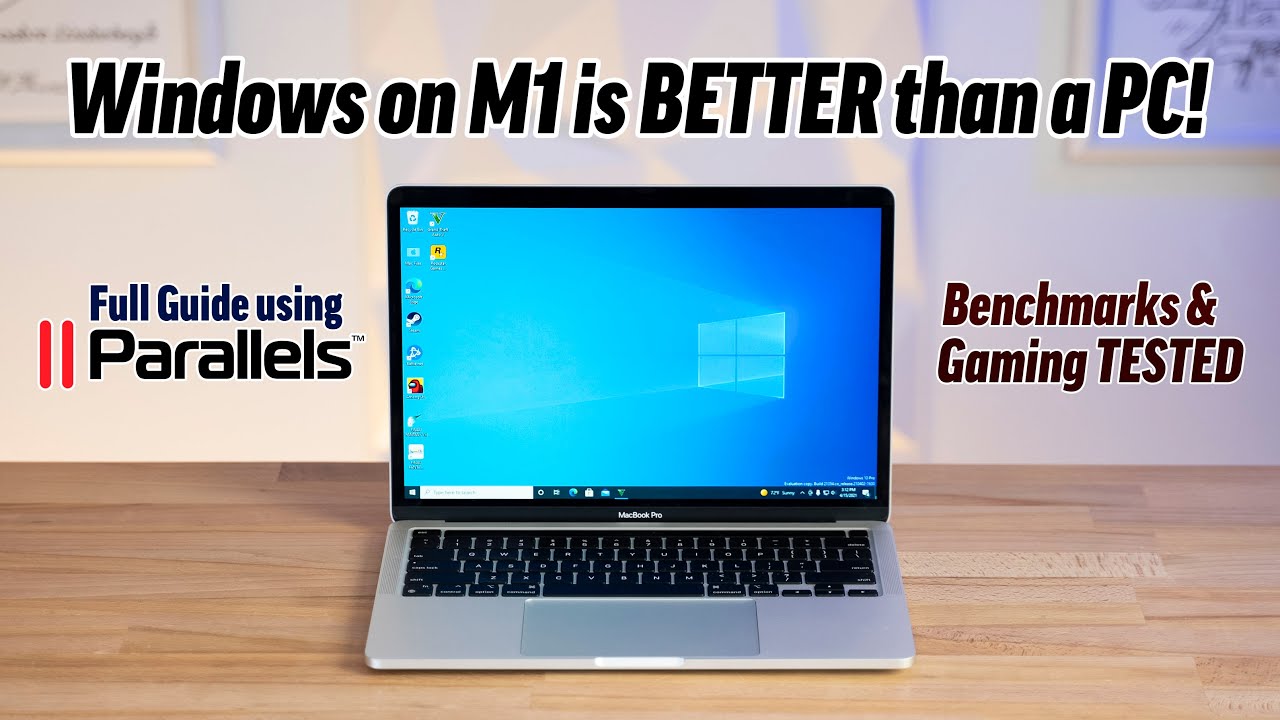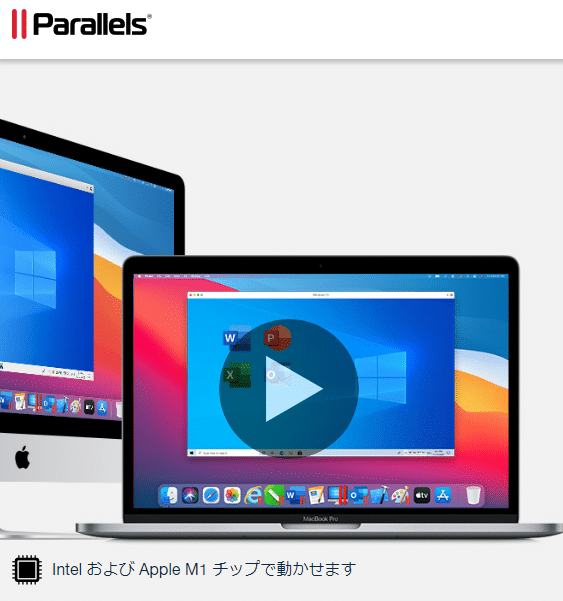
- Parallels 16 m1 mac how to#
- Parallels 16 m1 mac license key#
- Parallels 16 m1 mac install#
- Parallels 16 m1 mac for windows 10#
Parallels 16 m1 mac install#
dmg file, then double-click on Install Parallels Desktop in the window that opens and then select Open if your admin confirmation is required to continue.Īfter that, wait as Parallels downloads the necessary installation data, then enter your Password, and click Continue when (if) asked whether you’d like to use the Trial version. Visit the Parallels site, click the Free Trial download button, and download the installation file for the free trial version of Parallels.Īfter that, double-click the downloaded. Download Parallels from its official site.
Parallels 16 m1 mac how to#
How to Install Windows on Mac with Parallels In the guide below, we will show you the exact steps to set up and run Windows on a Mac with Parallels.

You can use the mouse and keyboard to navigate through Windows, install software and games, and perform any other tasks you would normally do on a Windows PC. When you launch Windows through Parallels Desktop, it opens in a separate window, just like any other application. This means you can use all your favorite Windows applications and games on your Mac without sacrificing the performance and stability of your macOS environment. The program allows you to seamlessly switch between macOS and Windows without the need to restart your computer. Running Windows on a Mac with Parallels Desktop can feel like having two computers in one.
Parallels 16 m1 mac license key#
Please note that you will need to have a valid license key for Parallels Desktop to use it beyond the trial period.

You can install applications, browse the web, and perform any other tasks you would normally do, including downloading, installing, and playing most Windows games.To switch back to your main macOS environment, you simply need to minimize or close the virtual machine window or shut down the virtual machine from the Parallels Desktop menu. This virtual machine will allow you to run a separate operating system within a window on your Mac and use it just like you would on a regular computer. Once Parallels Desktop is installed, you need to launch the application from your Applications folder and create a new virtual machine (VM).

To use Parallels on a Mac, you need to first download the installation file from the Parallels website and follow the installation instructions. Also, you should note that not all guest operating systems are supported on Macs with an M1 chip, so be sure to check Parallels Desktop’s compatibility list before installing a guest OS. You need to download the installation file for Apple M1 Macs from the official Parallels Desktop website.
Parallels 16 m1 mac for windows 10#
Microsoft has recently released a new emulator to bring support for 64-bit x86 programs for Windows 10 ARM.Installing Parallels on Mac M1 is a bit different than installing it on an Intel-based Mac. This means that a lot of apps that are 64-bit will not work. Currently, only 32-bit programs are supported by the Windows 10 ARM version. Even if there is support planned for Boot Camp, you can only run the ARM version of Windows 10 that has its own limitations. Boot Camp is not supported on the Mac devices with Apple M1 chip. However, the entirely different architecture of M1 Macs makes them unable to run Windows. This was because both the Intel Macs and PCs had the same hardware architecture. Intel-based Macs used a feature called “Boot Camp” to install and use Windows on Mac.

While existing Mac apps that haven’t upgraded support for Apple Silicon can still be run using the built-in translator called Rosetta 2. However, the shift from the x86 Intel architecture to ARM architecture to gain greater battery efficiency and tighter optimizations have made many apps incompatible to run on the new Mac computers. The introduction of the Apple Silicon aka Apple M1 Chip has been revolutionary for Apple’s new lineup of Mac M1 devices – MacBook Air, MacBook Pro 13”, and Mac mini.


 0 kommentar(er)
0 kommentar(er)
